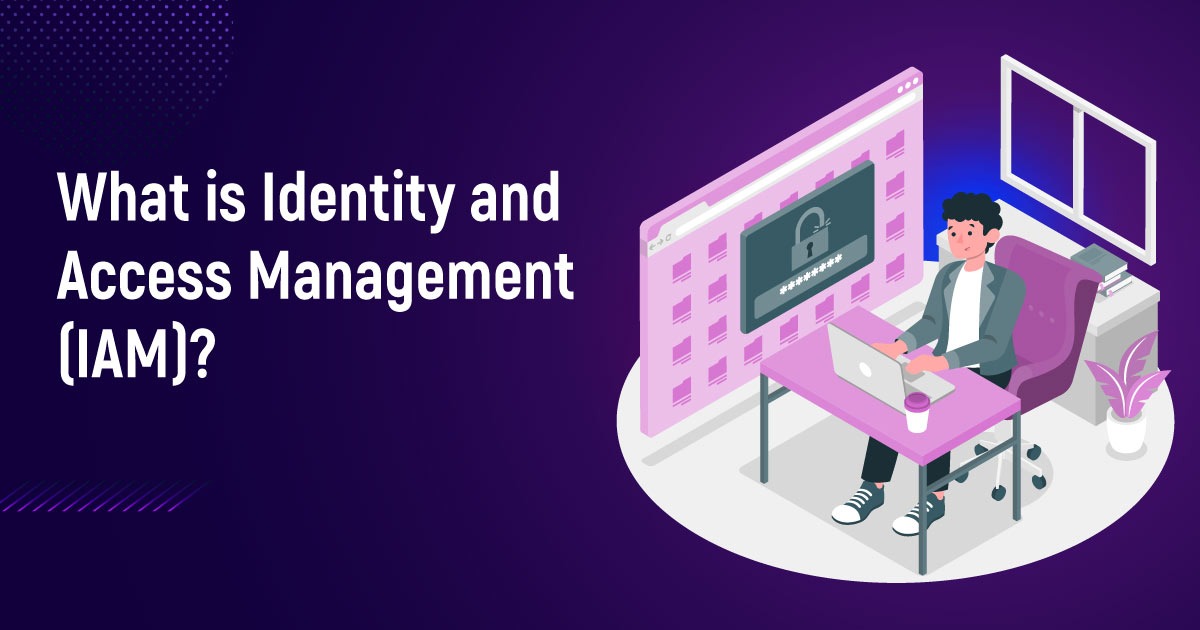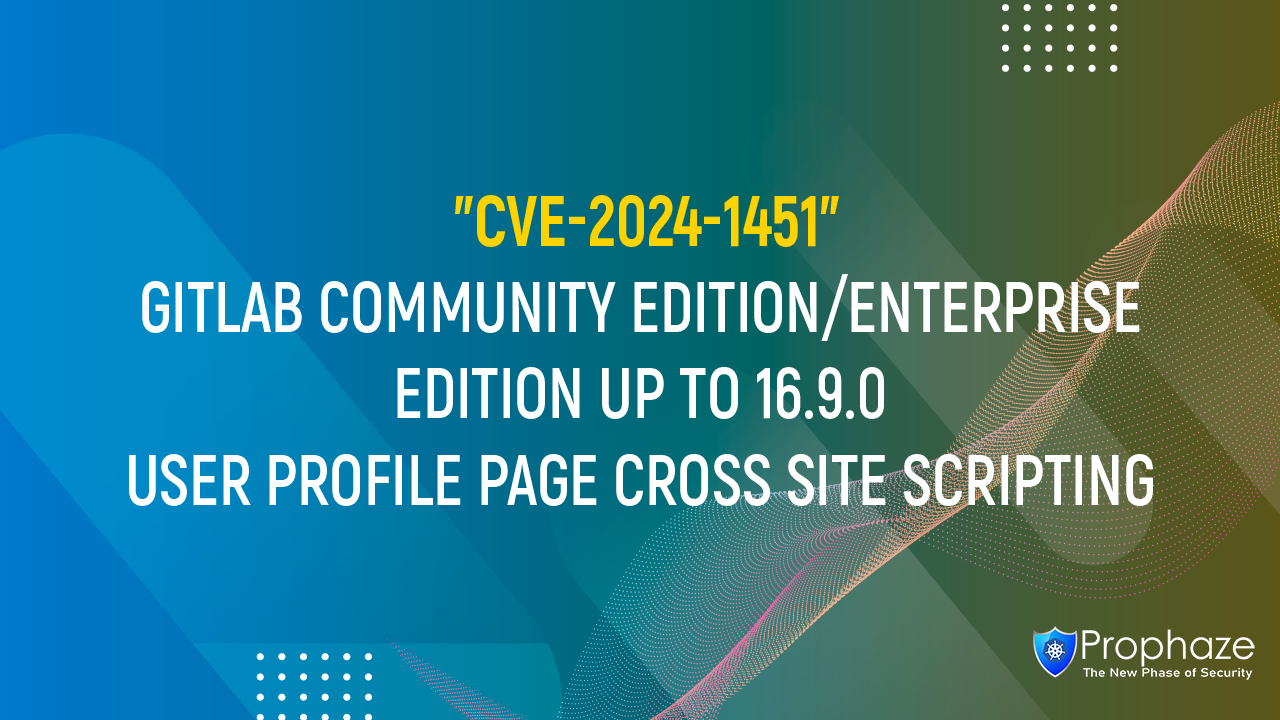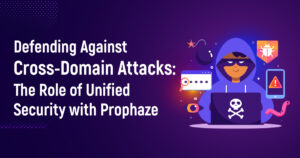Identity and Access Management (IAM or IdAM) is a set of policies, procedures, and technologies that enable organizations to manage digital identity and manage user access to sensitive corporate information IAM acts like a bouncer in a nightclub, which he is allowed to enter but is not, and who has access to the VIP area and claims that. This is also known as Identity Management (IdM).
The Components of Identity and Access Management (IAM)
IAM incorporates several key components that work together to secure an organization’s digital environment:
Identity Management:
This involves identifying and authenticating users. Identity management systems store and manage user identities, including information such as user names, passwords, and other authentication features.
Access Management:
Access management focuses on who can access which resources and under what conditions. This includes using policies such as role-based control (RBAC) and attribute-based access control (ABAC).
Core Responsibilities of an Identity and Access Management (IAM) System
-
Authenticate and verify individuals based on usage and references.
-
Retrieve and log user login events.
-
View and enable visibility of the user identity database.
-
Manage assignment and access privileges.
-
Enable system administrators to monitor and restrict user access when managing privilege changes.
Key Components of an Identity and Access Management (IAM) Solution:
Single Sign-On (SSO):
Enables users to authenticate multiple applications with single credentials, enhancing user experience and reducing password fatigue.
Multi-Factor Authentication (MFA):
To boost security, users must supply several authentication factors.
Privileged Access Management (PAM):
Protects sensitive resources by granting elevated permissions to privileged accounts.
Risk-Based Authentication:
Assesses risk levels based on relevant factors such as equipment and location availability.
Data Governance:
Ensures the availability, integrity, security, and use of data through policies and standards.
Federated Identity Management:
Shares digital identities with trusted partners, and enables you to sign in once across multiple services.
Zero Trust:
An identity-restricted security policy that departs from conventional trust models to further guarantee access control.
Benefits of Implementing Identity and Access Management (IAM)
Secure Access:
Extends security to employees, customers, and partners.
Reduced Help Desk Requests:
This enables identity verification, reducing the need for password resets and other help desk requests.
Improved Security:
Protects against identity-based attacks and data breaches by ensuring proper access control.
Enhanced Compliance:
Helps organizations meet regulatory requirements by managing and monitoring access to sensitive data.
Challenges in Implementing Identity and Access Management (IAM)
Complexity:
Implementing advanced IAM solutions can be complex and requires careful planning and management. Integrating IAM into existing systems and applications can be challenging.
Scalability:
As organizations grow, their IAM solutions must scale accordingly. Ensuring that IAM systems can accommodate additional users and devices is essential.
Continuous Monitoring and Management:
IAM is not a set-and-forget solution. Ongoing monitoring is required to adapt to evolving security threats and organizational changes.
The Future of Identity and Access Management (IAM)

As technology continues to evolve, so will the IAM industry. Emerging products and technologies are shaping the future of IAM, including:
AI and Machine Learning:
These technologies are being used to improve identity verification and detect anomalous behavior, providing additional security.
Blockchain:
Blockchain technology is being explored for its potential to be a decentralized and tamper-proof identity management system.
Zero Trust Security:
The zero trust model, which assumes that threats can be internal or external and continuously validates each request as it originates from the open network, is increasingly incorporated into the IAM framework Identity and access control are key components of modern cybersecurity strategies.
By effectively managing digital identities and controlling access to resources, organizations can protect their critical data, ensure compliance, and improve business efficiency As IAM technology continues to evolve, organizations must stay abreast of the most recent advances to safeguard their digital assets more effectively.








